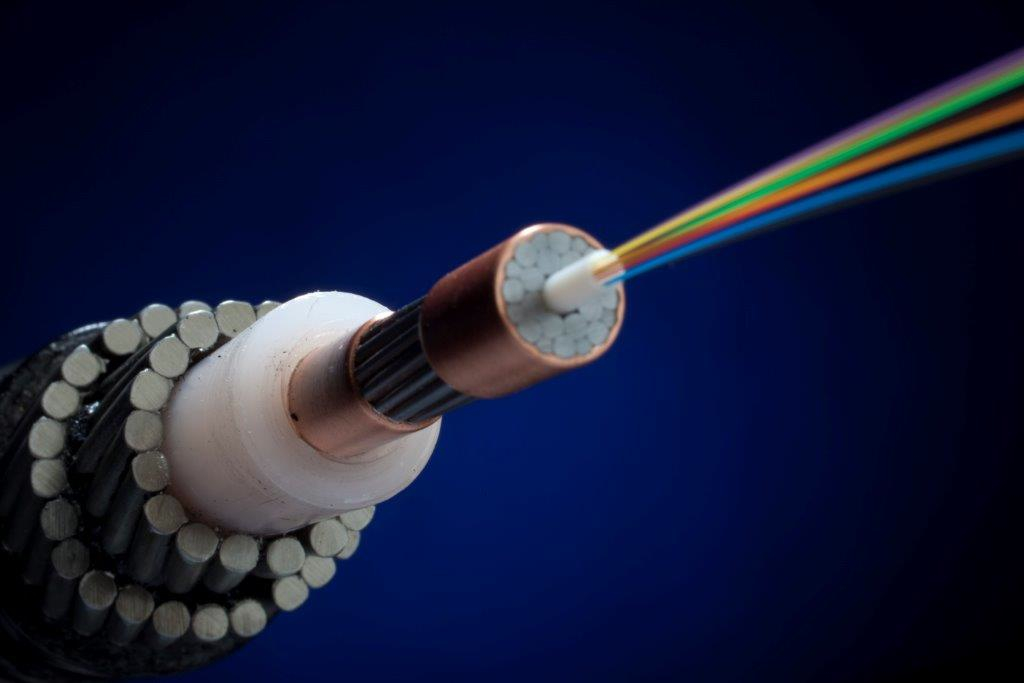When it comes to choosing the right fiber optic cable for your needs, there are several factors that need to be taken into consideration. Fiber optic cables come in a variety of sizes, types, and configurations, so it is important to choose the right one for your specific application. This article will provide an overview of the different types of fiber optic cables available, their advantages and disadvantages, and tips for selecting the right one for your needs.
The first step in selecting the right fiber optic cable for your needs is to identify the type of cable that is best suited for your application. There are two main categories of fiber optic cables: single-mode and multimode. Single-mode cables are designed for high-speed data transmission over long distances, while multimode cables are designed for shorter distances and lower data rates. Depending on your application, either type of cable may be suitable.
The next step is to determine the fiber count that is best for your application. Fiber count is the number of individual fibers within a cable. The higher the fiber count, the more data can be transmitted and the faster the transfer rate. Generally, single-mode fiber optic cables have a higher fiber count than multimode cables, so if you need to transfer large amounts of data over long distances, then single-mode is the better option.
The third step is to determine the cable’s core size. The core size is the diameter of the individual fibers within the cable and is measured in microns. The smaller the core size, the higher the performance, but it also requires more power to transmit the data. If you need to transfer data at high speeds, then you should opt for a cable with a smaller core size.
The fourth step is to determine the cable’s cladding size. The cladding size is the diameter of the protective coating that surrounds the core of the cable and is measured in microns. The larger the cladding size, the more protection the cable has from environmental factors, such as water and dust, but it also increases the cable’s weight and size.
The fifth step is to determine the cable’s connector type. Fiber optic cables have several different types of connectors, such as ST, SC, LC, and MT. Each connector type has its own advantages and disadvantages, so it is important to choose the right one for your application. The most common types are ST and LC connectors, as they are the most reliable and easy to install.
Finally, once you have determined the right type, fiber count, core size, cladding size, and connector type of fiber optic cable for your needs, you can begin the installation process. It is important to follow the manufacturer’s instructions carefully, as improper installation can result in communication issues and even damage to the cable.
In conclusion, when selecting the right fiber optic cable for your needs, there are several factors that need to be taken into consideration. You need to determine the type of cable, fiber count, core size, cladding size, and connector type that is best for your application. Once these factors have been determined, you can begin the installation process, following the manufacturer’s instructions carefully. By following these steps, you can ensure that you have the right fiber optic cable for your needs.
Contact Linden Photonics to get a quote or Call Us at (978) 392-7985



2 comments
Fiber Micro Armored reel
06/09/2023 at 11:00 am
The tips regarding how to choose the right fiber optic cable are actually great and helpful. Type, size, budget, purpose etc. matters. Thanks. Keep sharing this more and more!
Fiber Micro Armored reel
Stacy
08/12/2023 at 9:38 am
A big thank you for your post. Great.